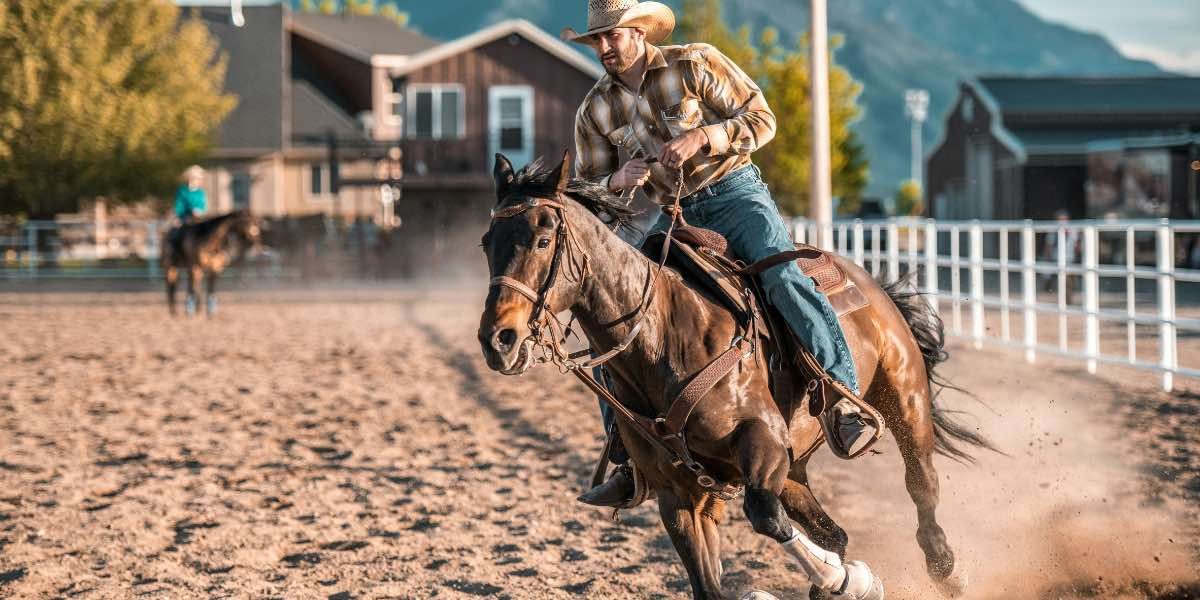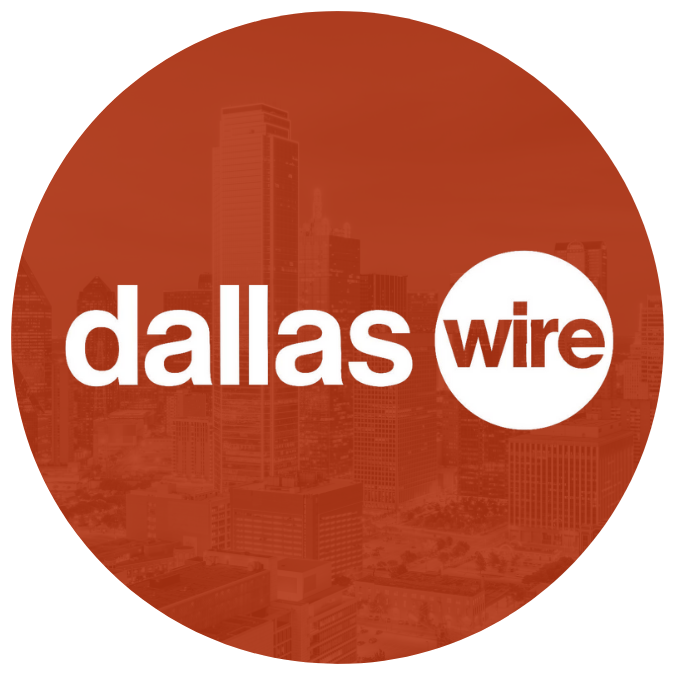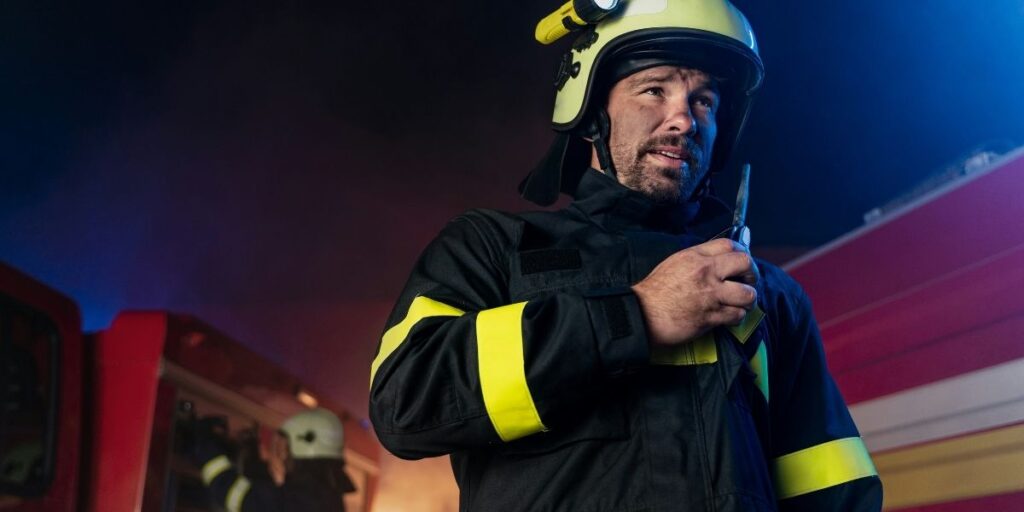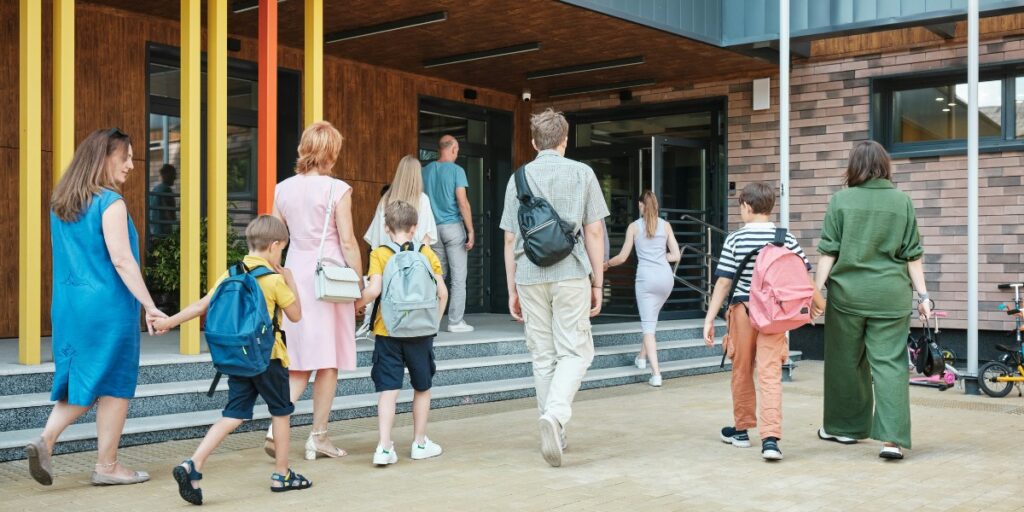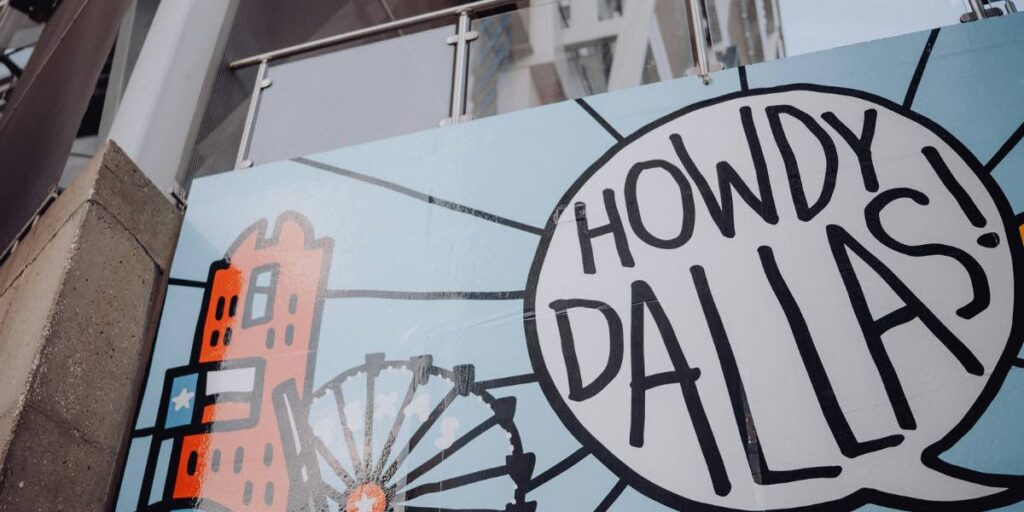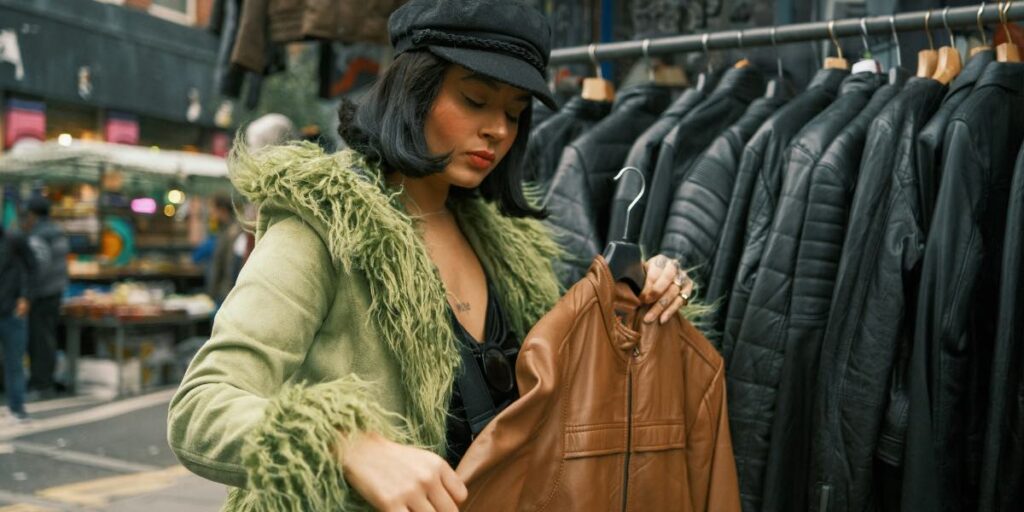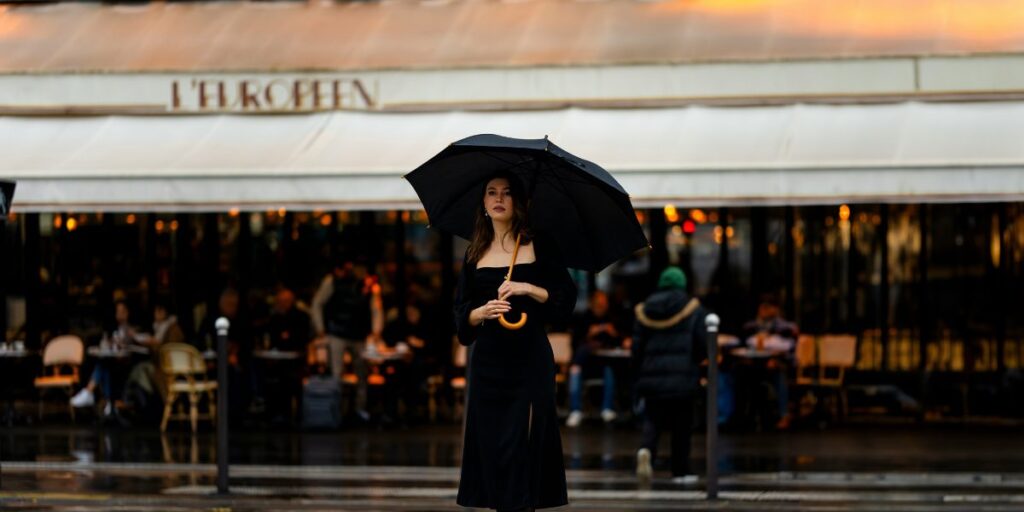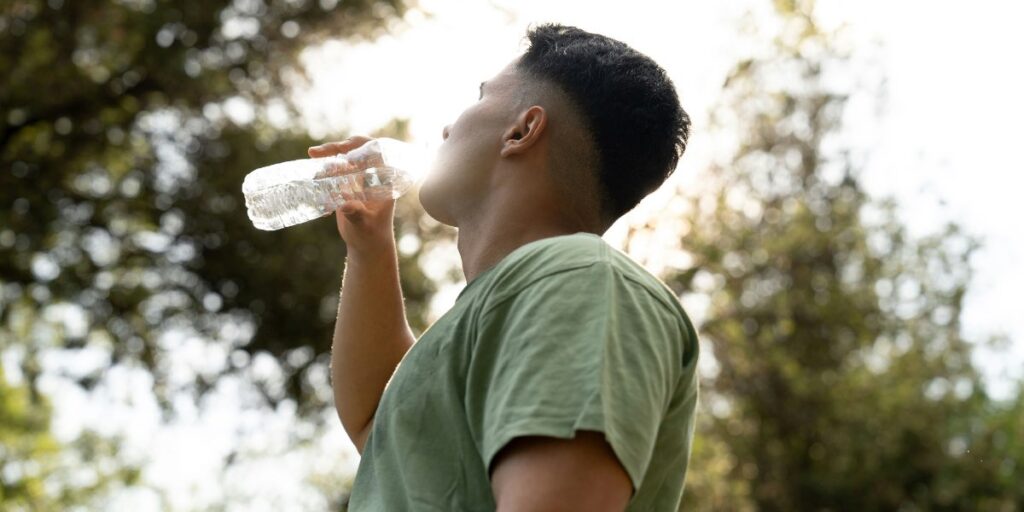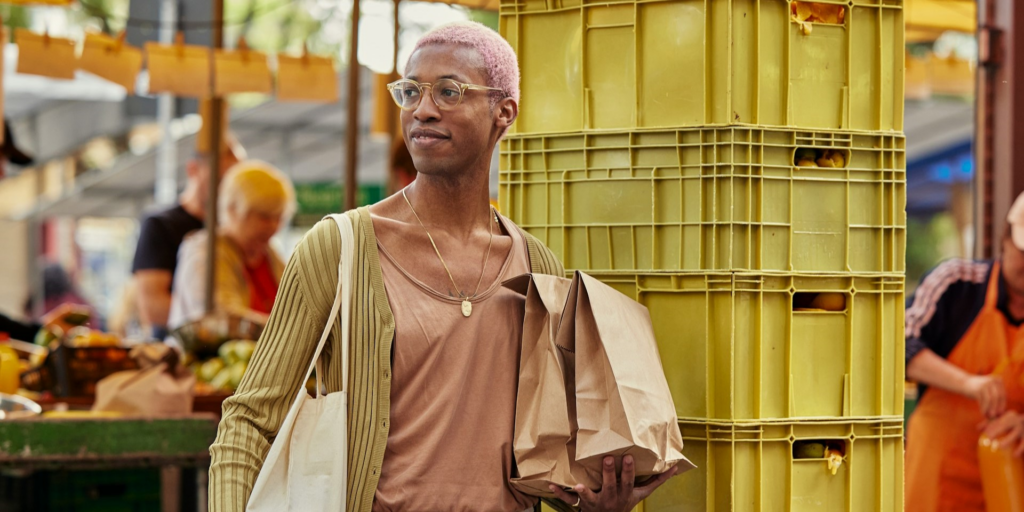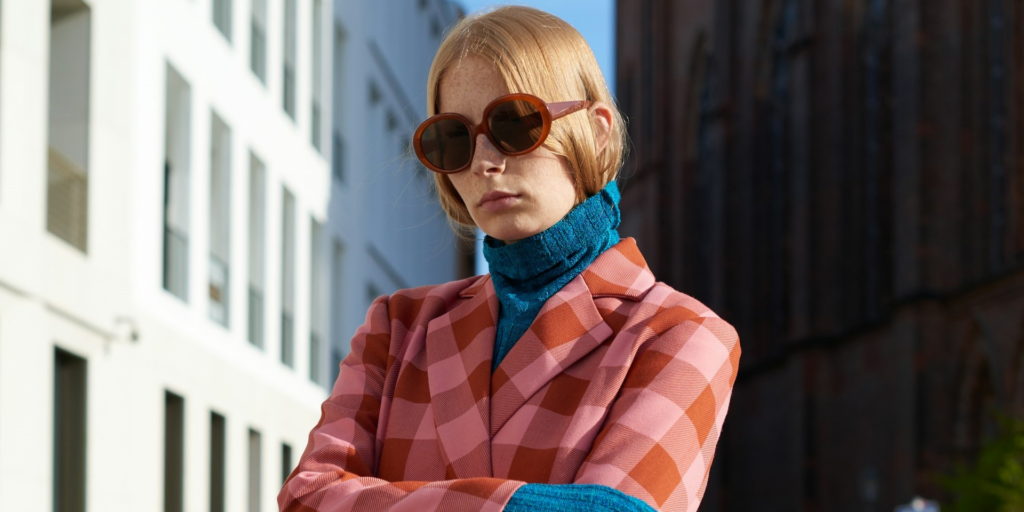Rodeos have long been a defining part of Dallas’ cultural scene. While the city is known for its dynamic business environment, high-tech industries, and urban development, its connection to its Western heritage remains strong. Rodeos are not only a celebration of this legacy but also continue to shape the city’s identity in modern times. Whether viewed as a form of entertainment, tradition, or community bonding, rodeos play an essential role in Dallas’ ongoing story.
Despite the city’s growth and transformation, the rodeo tradition endures as a vibrant aspect of Dallas’ personality. From its early days as a center for cattle trading to its current status as a key cultural event, rodeos are a reminder of the values and history that have helped define the city. In modern times, they also reflect Dallas’ ability to merge its past with its present, ensuring that its Western roots remain relevant in an ever-changing landscape.
Read also: Texas Festivals and Events: Experience the Culture and Music of the Lone Star State
How Did Rodeos Become a Part of Dallas’ History?
Rodeos in Dallas have their origins in the city’s early days, when cattle ranching and agriculture were essential to its economy. The Western cowboy culture, with its focus on skills like riding, roping, and bull riding, was ingrained in Dallas’ identity from the start. As the city developed in the late 1800s and early 1900s, these cowboy skills evolved into the organized rodeo events we recognize today.
In the early 20th century, rodeos began to take on a more formal structure, with organized competitions becoming a popular form of entertainment for both locals and visitors. The Dallas Rodeo, one of the most recognized rodeos in the country, has been a significant part of the city’s cultural fabric for decades. It became not only a major event but a symbol of the city’s agricultural and frontier roots. Over time, this annual event grew, incorporating elements of modern entertainment while still staying true to its origins.
What Is the Cultural Significance of Rodeos in Dallas?
Rodeos are more than just athletic competitions in Dallas; they are celebrations of community, tradition, and resilience. They reflect Dallas’ Western heritage and embody the city’s commitment to honoring its roots while embracing contemporary life. For many, attending a rodeo is a way to reconnect with the city’s past and enjoy a sense of shared identity with others.
Rodeos also reflect the broader cultural values of Dallas, such as perseverance, hard work, and competition. These events bring together diverse people, from lifelong residents to newcomers, creating a sense of unity and pride in the city’s Western legacy. The rodeo arena becomes a space where individuals from different backgrounds and walks of life can celebrate a common appreciation for Dallas’ unique history.
The Texas Stampede, formerly known as the Dallas Rodeo, has grown into one of the largest and most popular events of its kind. With a blend of traditional rodeo events, music, and family activities, the modern rodeo has become an attraction that draws both residents and tourists alike. In this sense, rodeos not only honor tradition but also serve as a modern gathering point for people seeking to experience something uniquely Dallas.
How Do Rodeos Connect Dallas to Its Western Past?
Dallas has evolved from its early days as a cattle town to become a bustling urban center, but its connection to the Western frontier remains strong. Rodeos serve as a bridge between the city’s agricultural past and its modern identity, allowing the community to celebrate its roots while adapting to contemporary life.
The skills demonstrated in rodeo events—riding, roping, and bull riding—are directly linked to the city’s history as a center of cattle ranching. These skills were essential to daily life for early settlers and ranchers. As Dallas transitioned into an urban hub, rodeos became a way to preserve and celebrate this heritage. Even though the city has grown and changed, rodeos remain a living testament to the values and work ethic that characterized the early days of Dallas.
Rodeos in Dallas also provide an opportunity to showcase traditional Western attire, such as cowboy hats, boots, and denim, which have become iconic symbols of the city. These visual elements are woven into the fabric of Dallas’ identity, reinforcing the connection to its Western past. Through rodeos, the city can celebrate the skills and lifestyle that helped shape its development, ensuring that they remain a relevant part of the modern identity.
What Impact Do Rodeos Have on Dallas’ Economy?
Rodeos in Dallas play an important role in the city’s economy, particularly in terms of tourism and local business. The Texas Stampede and other rodeo events attract thousands of visitors every year, generating significant revenue for the city. This influx of visitors helps support local businesses such as hotels, restaurants, retail stores, and transportation services, boosting the economy in the process.
Beyond tourism, rodeos also provide opportunities for employment and skill development within the city. From rodeo organizers to performers, sponsors, and vendors, many people depend on these events for income. The rodeo’s popularity helps keep Dallas’ agricultural and Western traditions in the public eye, while also contributing to the city’s economic vitality.
The positive economic impact extends beyond just direct revenues from the rodeo. Rodeos enhance Dallas’ reputation as a destination for family-friendly entertainment, which helps attract visitors year-round. This not only strengthens the local economy but also promotes the city as a unique place where modern and traditional values coexist.
How Are Rodeos in Dallas Evolving?
While rodeos in Dallas remain deeply rooted in tradition, they have evolved to stay relevant to modern audiences. In recent years, events have incorporated various elements to appeal to a broader demographic. Music performances, cultural showcases, and even rodeo-themed activities for children have become a staple of the modern Dallas rodeo experience.
The introduction of these new elements has helped broaden the appeal of rodeos, drawing in people who may not have previously attended. The Texas Stampede now includes a mix of entertainment options, blending rodeo events with live country music, food festivals, and carnival rides. These additions have transformed rodeos into multi-faceted experiences that combine sport, culture, and family entertainment.
Technology has also played a role in evolving the rodeo experience. Live streaming and digital promotions allow people around the world to engage with the event, even if they can’t attend in person. This increased accessibility helps maintain the relevance of rodeos in a rapidly changing world.
Read also: Why is Dallas a Sports Fan’s Dream?
What Does the Future Hold for Rodeos in Dallas?
The future of rodeos in Dallas seems promising, with the tradition continuing to evolve while maintaining a connection to the city’s past. As Dallas grows and diversifies, rodeos may become even more inclusive, integrating aspects of modern culture while preserving the Western heritage that makes them unique.
The continued popularity of the Texas Stampede and other rodeo events suggests that Dallas will continue to celebrate its cultural roots in a way that resonates with both new generations and long-time residents. Rodeos will likely remain a key component of Dallas’ identity, blending the old and the new, and ensuring that the spirit of the West endures in the heart of the city.
As long as Dallas remains committed to honoring its history, rodeos will remain an essential part of its cultural fabric. They are a reminder of the values and experiences that have shaped the city while providing a unique, entertaining, and community-driven experience for people of all ages.


